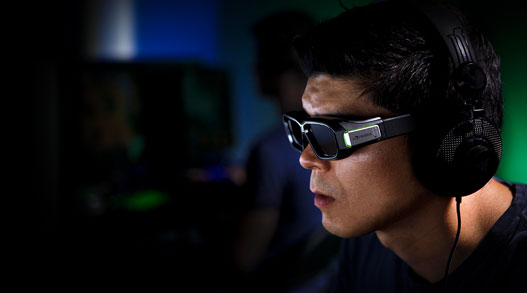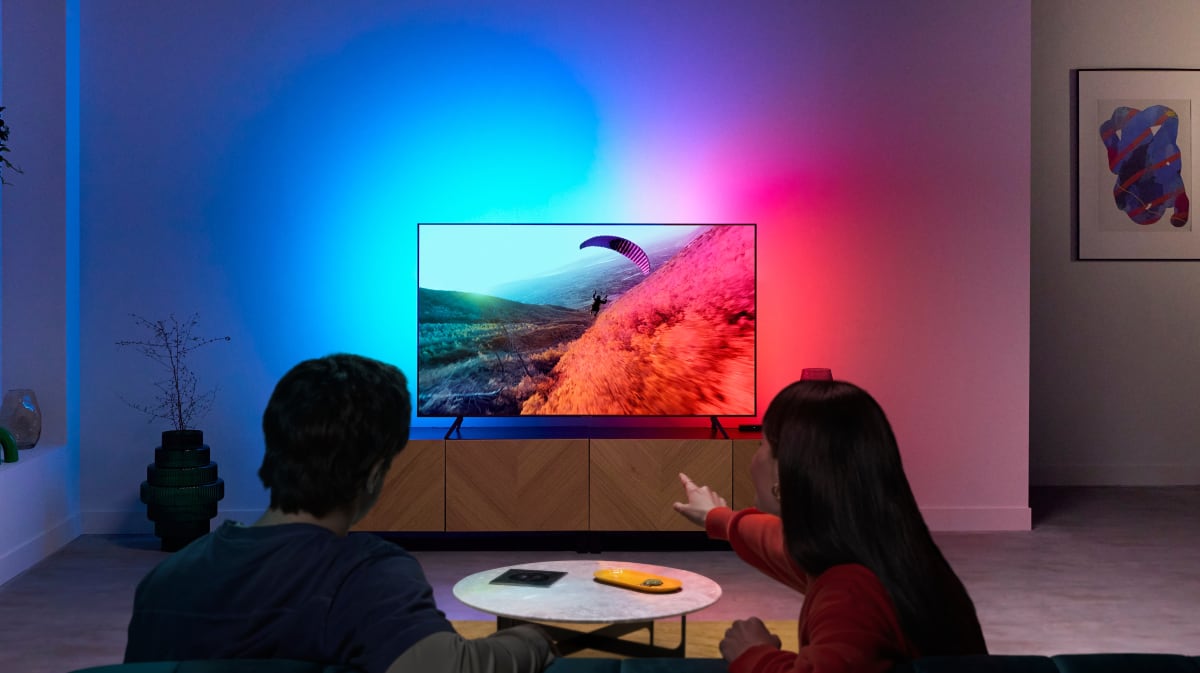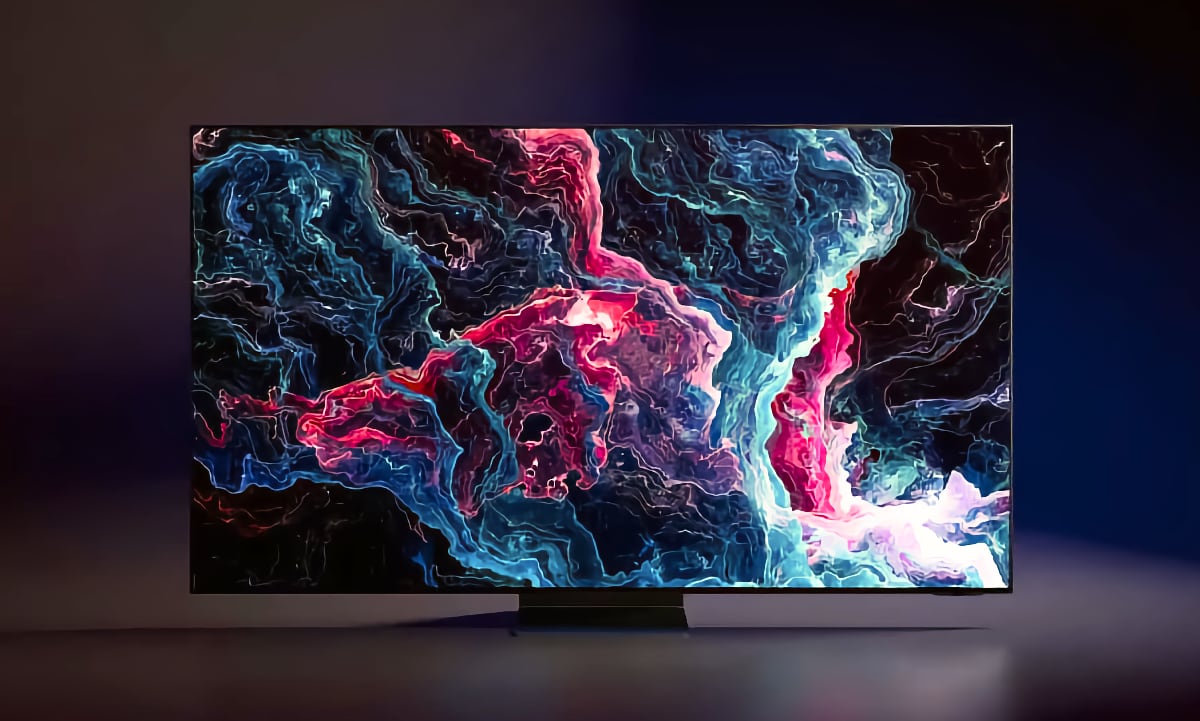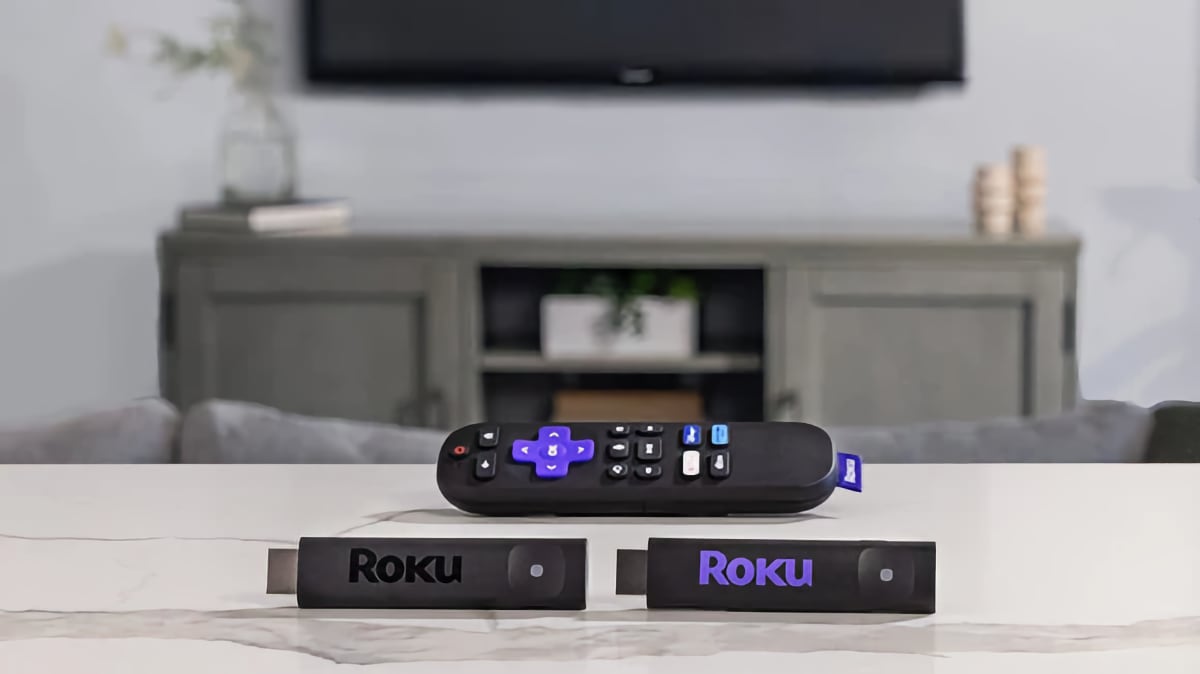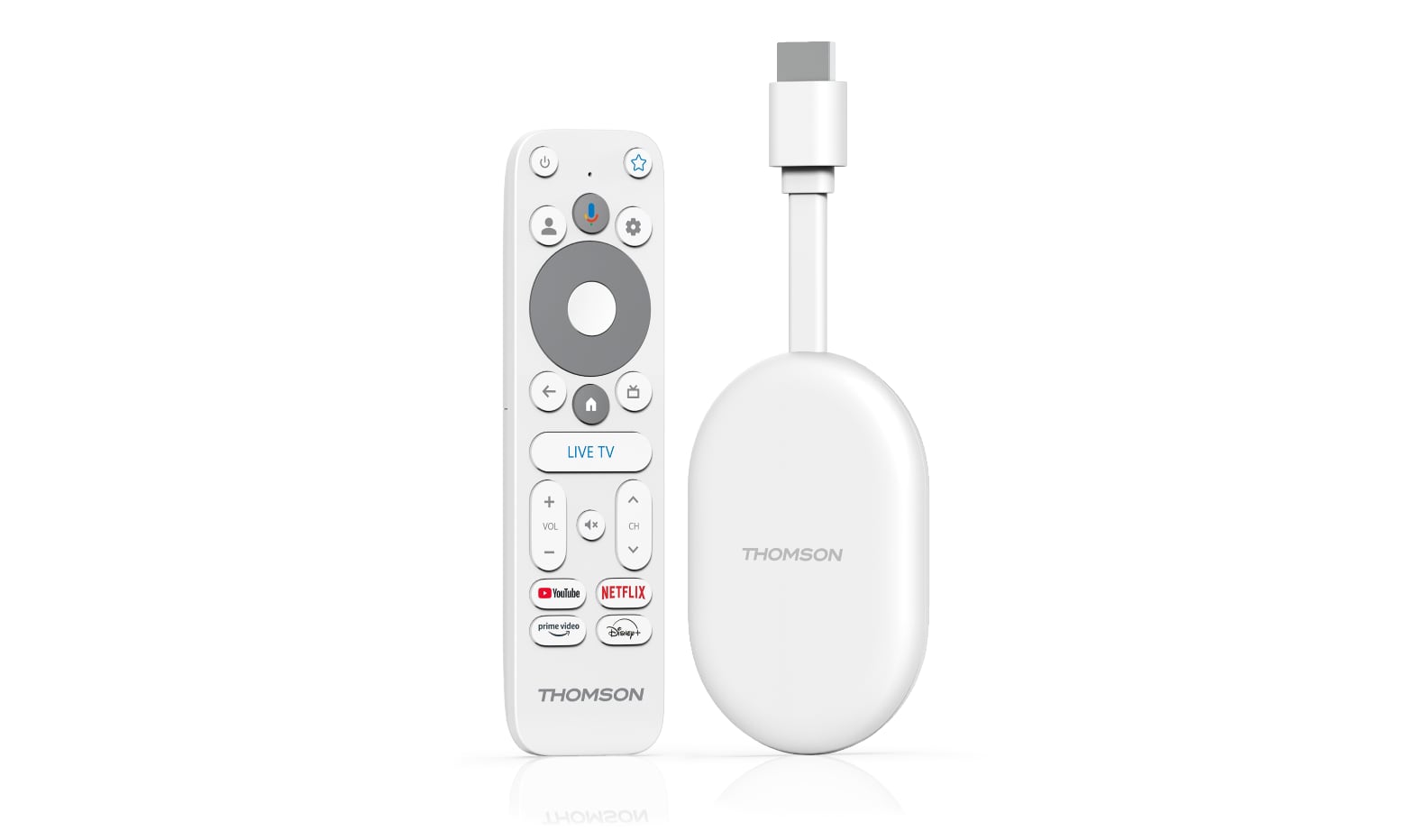3D in the home is fading away. Nvidia has announced that it will end support for its 3D Vision system that allowed you to play games in 3D with glasses (via Engadget).
Nvidia abandons 3D
3D TVs are no longer available and PC monitors with 3D support are being phased out. Nvidia is also planning to abandon the technology come April 2019. Driver release 418 for its graphics cards will be the last to support Nvidia’s 3D Vision (née Geforce 3D) system.
- ”Following the posting of the final driver from Release 418 in April 2019, GeForce Game Ready Drivers will no longer support NVIDIA 3D Vision. The NVIDIA support team will continue to address critical driver issues for 3D Vision in Release 418 through April, 2020. Those looking to utilize 3D Vision can remain on a Release 418 driver,” the company said in a support post.
Nvidia’s system for enabling 3D output to 3D-capable TVs will be included for free with release 418, the company added.
- “Our software that enables the use of 3D gaming with 3D TVs, 3DTV Play, is now included for free in Release 418. It is no longer available as a standalone download. Our 3D Vision Video Player will continue to be offered as a standalone download, for free, until the end of 2019.”
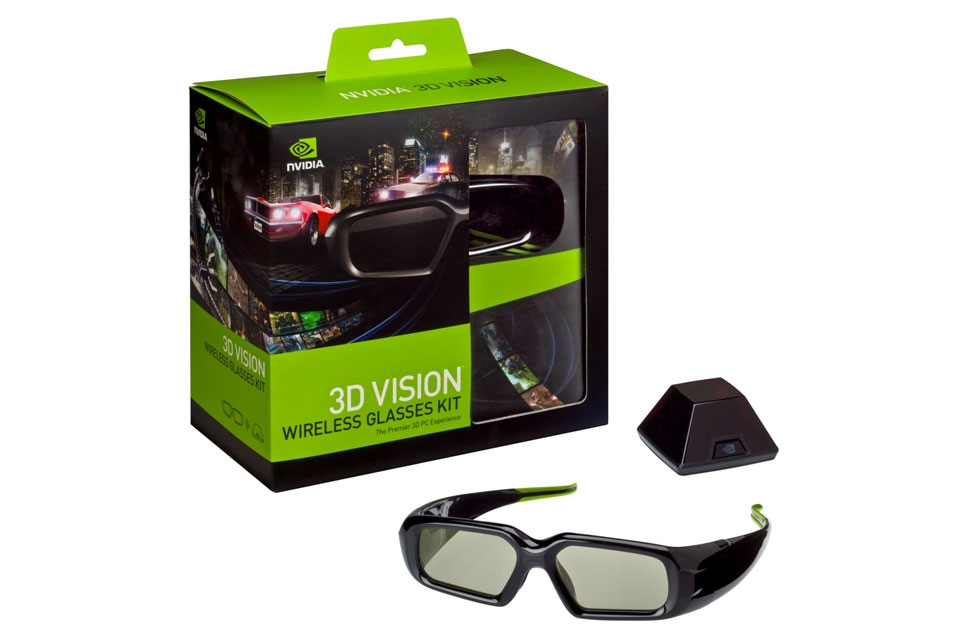
Nvidia will focus on VR
This is just the latest development in the painful decline of 3D. Launched around 8-10 years ago as a major initiative across the industry, 3D has since been fading away. Major TV makers abandoned the technology between 2015 and 2017. History repeats itself.
Even moviegoers are losing interest in 3D cinema. Some Hollywood studios continue to release 3D discs in order to serve the core fan group but for how long?
In a statement to Engadget, Nvidia said that it will focus on newer forms of immersive experiences such as VR.
- "We have seen the industry and our user base move to newer forms of immersive experiences such as Virtual Reality, and are focusing our driver support on these newer technologies. We are proud to have supported 3D Vision for over 10 years, which launched at CES way back in 2009."
- Source: Nvidia via Engadget

